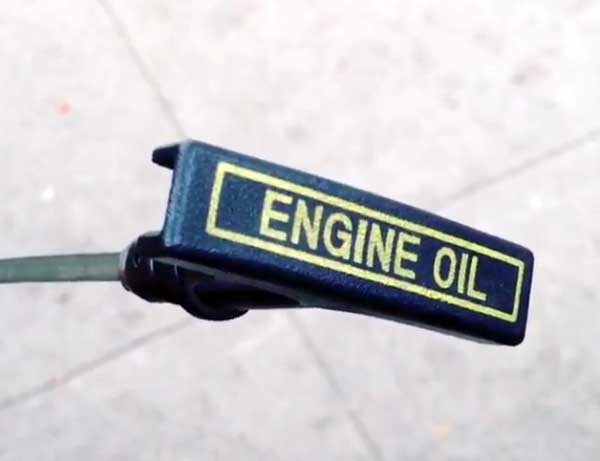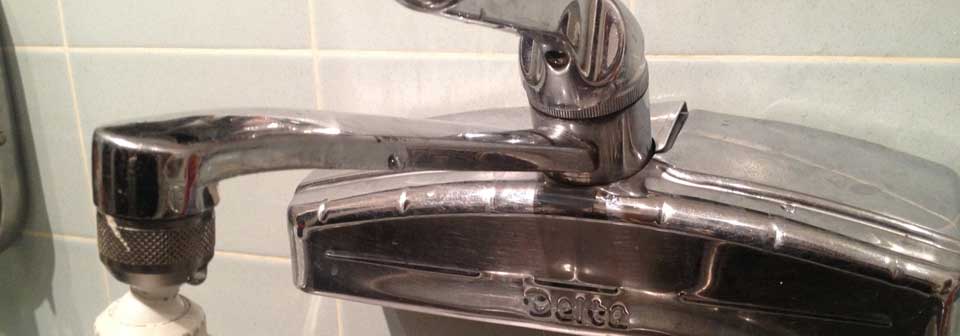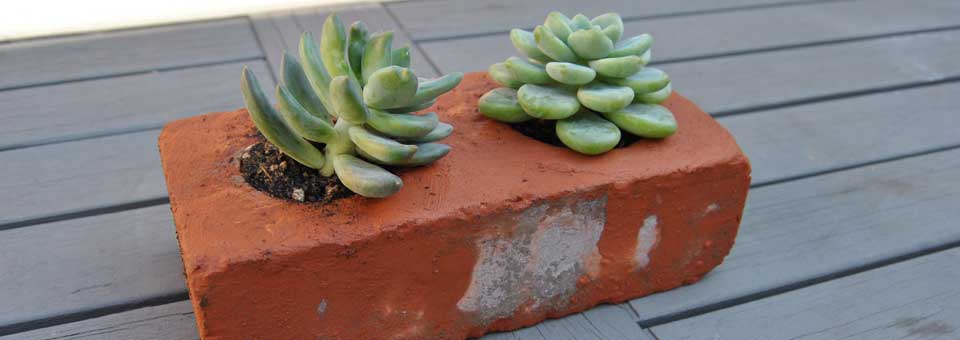
I still change my own oil. I know with the proliferation of Jiffy Lube’s and quick oil change shops on every corner it seems that changing my own oil is a waste of time, but I don’t look at it like that. Yes, I might save a few minutes by having someone else change my oil but how do I really know what they are doing when they are under the hood of my car? I’ve also had a shop “bump” something which caused my battery and starter to fry. Not good. Plus I still feel a level of accomplishment after changing my oil and it feels good to get under the car and get my hands dirty every few months.
The process of changing your own oil is straightforward regardless of what type of vehicle you have. The only thing that differs is the weight of oil you should use (follow your manufacturers recommendations), what type of oil (regular, synthetic, blend) and type of oil filter.
My truck takes 6 quarts of 5-w20. I’ve been running full synthetic oil since I got the truck at 100,000 miles and (knock on wood) I’ve had no issues with leaks or burning oil. I usually use Royal Purple oil which is a few cents more but worth it. Choosing an oil filter is just as important and your filter should be changed each time you change your oil. Look for Purolator PureOne oil filters which are excellent for full synthetic oil and rated at up to 5,000 miles of protection but you shouldn’t wait that long before changing your oil. Purolator is a true American success story as they have been manufacturing, marketing and distributing filters since 1923. Ernest Sweetland and George H. Greenhalgh patented the first automotive oil filtration system. They called their invention “Purolator”, short for the words “pure oil later”.
Instead of shooting a full tutorial for changing your oil (you can find thousands on YouTube), I made a quick video on Instagram.
Here are the steps for changing your oil and oil filter.
1. Put your car on jack stands
Not necessary for some cars but it does give you a bit more room to maneuver. Remember to never rely on just a jack to support your vehicle. Always use jack stands.
2. Remove the oil drain plug and let oil drain
Some people recommend at least driving around the block and letting the engine warm up slightly as the oil will drain better. Just make sure you don’t burn yourself on anything hot. When it’s done draining reinstall the drain plug.
3. Remove the old oil filter
You will probably need an oil filter clamp and it should come off easily. It will have oil in it so make sure you keep it upright with the opening on top or else you will have oil everywhere. Use the same oil pan you used for your engine oil and drain the filter there.
4. Install new oil filter
Before installing your new filter rub a bit of new oil around the seal which ensures a better seal but also easier removal when you change it again. One of the best features of the Purolator PureOne filter is that it has a textured grip which makes it easier for DIY installers and pros to hand tighten. Don’t over tighten.
5. Replace oil
Using a funnel to keep things clean, pour your new oil into the engine and don’t forget to put the oil cap back on.
6. Check oil
Just to be certain, check your oil level once you are finished and look under your vehicle to make sure there are no leaks.
Mark down your miles and smile! You’ve just changed your own oil!!!
Remember to dispose of your oil at a recycling facility. Most auto shops will simply let you pour your old oil into their recycler.
disclosure: I was paid by Purolator to review their PureOne oil filter. All thoughts and opinions are my own. All products were provided by Purolator; however they are items I genuinely enjoy and feel are appropriate for my site.



No Comments